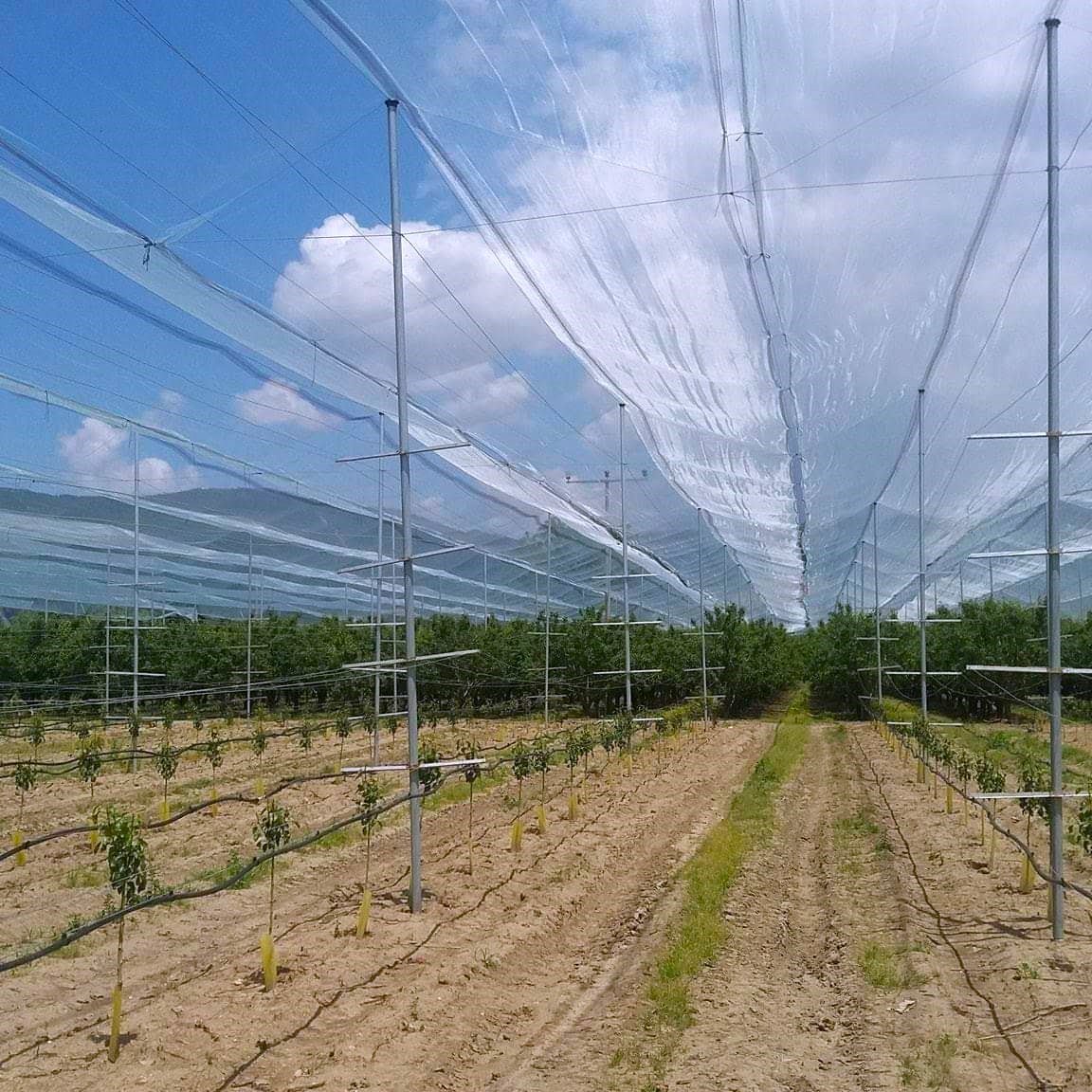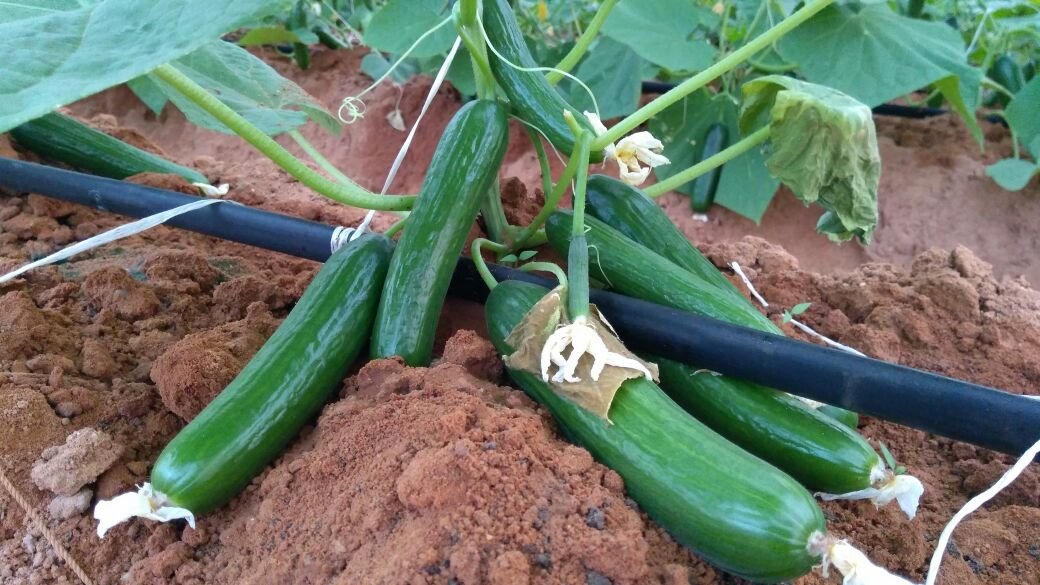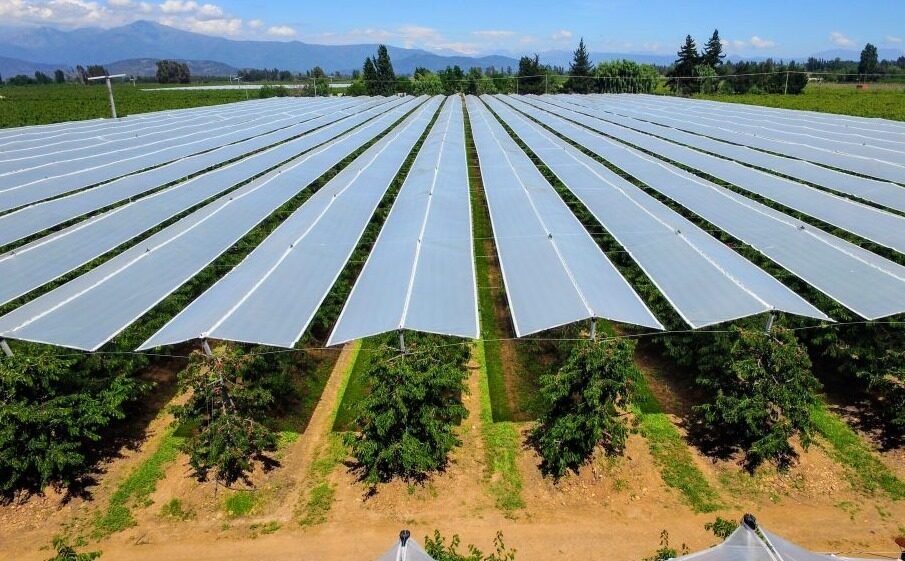In today’s world, where population growth and climate change pose significant challenges to our food production systems, finding innovative ways to maximize crop yield is crucial. One approach that has gained increasing popularity is protected cultivation, which involves creating controlled environments to promote optimal plant growth. This article explores the concept of protected cultivation and highlights the benefits of combining it with greenhouse agricultural structures.
Understanding/ Meaning Protected Cultivation
Definition of Protected Cultivation
Protected cultivation refers to the practice of growing plants in a controlled environment, shielded from unpredictable weather conditions and pests. By creating a sheltered space, farmers can manipulate various variables to ensure ideal growing conditions. This method allows for year-round cultivation and extends the growing season, resulting in increased crop yields.
Utilizing protected cultivation methods can also lead to significant water savings as the controlled environment allows for efficient irrigation practices. Additionally, the sheltered space provides a buffer against extreme weather events, such as heavy rainfall or hailstorms, reducing the risk of crop damage and losses.
Types of Protected Cultivation Techniques
There are various techniques employed in protected cultivation, each catering to specific crop requirements and environmental factors. Two common methods include:
- High Tunnels: These structures consist of arched frames covered with plastic films or fabrics. High tunnels protect crops from adverse weather conditions while allowing natural sunlight to reach the plants.
- Screen Houses: These structures have netted walls and roofs, acting as a barrier to pests while allowing ample ventilation. Screen houses are ideal for regions with high pest pressure and offer protection against insects and diseases.
Another popular technique in protected cultivation is the use of hydroponic systems, where plants are grown without soil in nutrient-rich water solutions. This method allows for precise control over nutrient levels, leading to faster growth rates and higher yields. Hydroponic systems are commonly used in urban farming settings where space is limited, and water conservation is a priority.
The Role of Greenhouse Agricultural Structures
Greenhouse agriculture involves the use of transparent materials, such as glass or plastic, to create an enclosed space that efficiently traps solar energy. This controlled environment facilitates optimal growth conditions and protects crops from external elements.
Greenhouse structures play a vital role in modern agriculture by extending the growing season, increasing crop yields, and providing a controlled environment for plants to thrive. The ability to regulate temperature, humidity, and light exposure allows farmers to cultivate a wide variety of crops regardless of the external climate conditions.
The Basic Principles of Greenhouse Agriculture
Greenhouse agriculture involves the use of transparent materials, such as glass or plastic, to create an enclosed space that efficiently traps solar energy. This controlled environment facilitates optimal growth conditions and protects crops from external elements.
Different Types of Greenhouse Structures
When it comes to greenhouse structures, farmers have several options to choose from, including:
- Free-standing Greenhouses: These structures are separate from other buildings and offer flexibility in terms of size, design, and layout. Free-standing greenhouses can accommodate a wide range of crops and provide ample room for growth.
- Attached Greenhouses: As the name suggests, attached greenhouses are connected to existing buildings, utilizing the infrastructure while benefiting from controlled environments. This type is commonly used in urban settings where space is limited.
Another type of greenhouse structure gaining popularity is the rooftop greenhouse. These innovative structures are built on top of existing buildings, utilizing underutilized space in urban areas. Rooftop greenhouses not only provide fresh produce but also help in reducing the urban heat island effect by absorbing sunlight and reducing energy consumption for cooling buildings.
The Intersection of Protected Cultivation and Greenhouse Structures
How Greenhouses Enhance Protected Cultivation
Combining protected cultivation techniques with greenhouse structures brings numerous advantages. Greenhouses amplify the benefits of protected cultivation by offering additional control over environmental factors. Farmers can monitor and adjust temperature, humidity, light intensity, and ventilation, creating tailored conditions for specific crops.
Furthermore, the use of greenhouse structures extends the growing season, allowing farmers to cultivate crops year-round regardless of external weather conditions. This continuous production cycle not only ensures a more stable income but also helps meet the demands of consumers for fresh produce throughout the year.
Challenges and Solutions in Combining the Two Methods
While the combination of protected cultivation techniques and greenhouse structures is promising, it does come with its fair share of challenges. Maintaining optimal conditions requires careful attention to climate control systems, efficient irrigation practices, and pest management strategies. However, advancements in technology and increased knowledge sharing among farmers have paved the way for innovative solutions.
To address the challenges of combining protected cultivation with greenhouse structures, some farmers have adopted integrated pest management (IPM) strategies that focus on preventing pest infestations through biological controls and monitoring systems. Additionally, the integration of renewable energy sources, such as solar panels, has helped reduce the environmental impact of greenhouse operations while also lowering energy costs.
Benefits of Protected Cultivation and Greenhouses
Increased Crop Yield and Quality
Protected cultivation and greenhouses significantly enhance crop yield and quality. By shielding crops from adverse weather conditions, diseases, and pests, farmers can expect higher productivity. Additionally, the controlled environments created by greenhouses allow for improved plant nutrition and consistent growth, resulting in better-quality produce.
Furthermore, the controlled environment in greenhouses enables farmers to extend the growing season beyond what is typically possible in open fields. This means that crops can be produced year-round, providing a more stable and reliable supply of fresh produce to meet market demands. The extended growing season also allows for the cultivation of crops that would not thrive in the local climate otherwise, expanding the variety of produce available.
Control Over Environmental Factors
One of the greatest advantages of protected cultivation and greenhouses is the ability to control environmental factors. From temperature and humidity to lighting and airflow, farmers have the power to fine-tune conditions to optimize plant growth. This precise control minimizes the risk of crop stress and promotes healthier plants.
In addition to optimizing plant growth, the ability to control environmental factors in greenhouses also opens up opportunities for experimenting with different growing techniques. Farmers can adjust variables such as light spectrum and intensity, CO2 levels, and irrigation methods to study their impact on plant development and tailor cultivation practices for maximum efficiency and yield.
Reduction in Pesticide Use
With the use of protected cultivation techniques and greenhouses, farmers can reduce their reliance on pesticides. The enclosed environments limit pest intrusion and offer an effective barrier against insects and diseases. As a result, farmers can employ integrated pest management strategies, minimizing the need for chemical interventions.
Moreover, the controlled environment of greenhouses allows for the implementation of biological pest control methods with greater precision. Beneficial insects, such as ladybugs and predatory mites, can be introduced to combat pests without harming the crops. This natural approach not only reduces the environmental impact of farming practices but also contributes to the overall health of the ecosystem within the greenhouse.
-

Slider 1
-

Slider 2
-

Slider 3
-

Slider 4
-

Slider 5
Future Trends in Protected Cultivation and Greenhouse Agriculture
Technological Innovations in Greenhouse Farming
The future of protected cultivation and greenhouse agriculture looks promising, thanks to continuous technological advancements. Automated systems for monitoring and controlling environmental parameters are becoming more sophisticated, allowing for precise adjustments. Furthermore, innovations in irrigation techniques, such as drip irrigation and hydroponics, maximize water efficiency and nutrient delivery.
One exciting technological innovation that is gaining traction in greenhouse farming is the use of artificial intelligence (AI). AI-powered systems can analyze vast amounts of data collected from sensors placed throughout the greenhouse, enabling farmers to make data-driven decisions. These systems can monitor plant health, detect diseases or pests early on, and even predict crop yields with remarkable accuracy. By harnessing the power of AI, greenhouse farmers can optimize their operations and achieve higher levels of productivity.
The Role of Sustainable Practices in Protected Cultivation
As the world becomes more environmentally conscious, sustainable practices play a crucial role in protected cultivation and greenhouse agriculture. Implementation of renewable energy sources, water management systems, and organic fertilizers promote eco-friendly farming methods. By aligning with sustainable practices, farmers can contribute to a greener and more sustainable future.
One sustainable practice that is gaining popularity in protected cultivation is vertical farming. Vertical farming involves growing crops in vertically stacked layers, using artificial lighting and controlled environments. This method maximizes space utilization and reduces the need for land, making it an ideal solution for urban areas with limited agricultural space. Additionally, vertical farming requires less water and eliminates the need for pesticides, making it a highly sustainable and environmentally friendly approach to cultivation.
Conclusion:
In conclusion, protected cultivation and greenhouse agricultural structures offer immense benefits in terms of maximizing crop yield. By harnessing the advantages of controlled environments and precise management of environmental factors, farmers can achieve increased productivity, higher crop quality, and more sustainable agricultural practices. With the continual evolution of technology and the adoption of innovative techniques, the future of protected cultivation and greenhouse agriculture holds great promise for ensuring food security and environmental sustainability.


Pingback: https://agrodome.in/maximizing-yield-the-benefi...
fuga inventore numquam mollitia ex voluptate. sit odit vel aut voluptatum est et ut aperiam non blanditiis deleniti accusamus sunt. qui et at enim qui eveniet iure optio. enim dolorem velit inventore
dolore sed pariatur dolore exercitationem voluptate perspiciatis maiores ea sit quia debitis maxime ad tempora occaecati doloremque. velit reiciendis ad et ea.